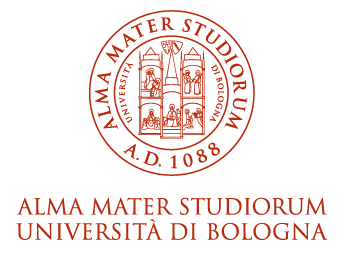The initial results from the SESAR-funded exploratory research project RETINA (Resilient Synthetic Vision for Advanced Control Tower Air Navigation Service Provision) are showing the promise that augmented reality holds for enhancing air traffic control operations, particularly in low-visibility conditions.
The RETINA concept was demonstrated to potential stakeholders at the end of January 2018 at the Virtual Reality and Simulation Lab of the University of Bologna in Forlì.
Built upon technology developed by SESAR, RETINA, aims at enhancing sight capabilities and situational awareness of air traffic controllers in control towers, allowing them to better manage traffic especially when bad weather sets in. It does so by means of synthetic vision and augmented reality technologies, in the form of see-through, head-mounted displays over the actual 'out-of-the-window' view. Using RETINA the air traffic controller can have a head-up view of the airport traffic, including information such as wind velocity and direction, airport layout and runway status, even during low visibility procedures.
Sara Bagassi, RETINA Project Coordinator and Assistant Professor in aerospace structures and design at the University of Bologna, commented during the testing: “We strongly believe that this technology will evolve in such a way that it will become accessible for other ATM applications in the coming years.”
The increasing interest in Synthetic Vision (SV) and Augmented Reality (AR) technologies has led various analysts to positively esteem the adoption of new tools enabling pilots and controllers to seamlessly operate under Visual Meteorological Conditions and Instrument Meteorological Conditions.
RETINA (Resilient Synthetic Vision for Advanced Control Tower Air Navigation Service Provision) a 2 year European project, coordinated by the University of Bologna, has positively investigated the potential and applicability of SV tools and Virtual/Augmented Reality (V/AR) display techniques for the Air Traffic Control (ATC) service provision by the airport control tower.
Overall, RETINA project contributes to improve working conditions for air traffic control operators in the control tower, developing a robust solution that filters only relevant information to be displayed on a single, head-up view. In this way, a reduction of head down time is pursued. Further, thanks to the use of V/ARTT, those tasks that can be negatively affected by poor visibility conditions, such as bad weather, fog, smoke, dust or any other kind of environmental occlusion, become weather-independent.
Finally, RETINA project investigates the impact of the newly conceived tools on the control tower air traffic management procedures. For example, in low visibility or bad weather conditions, ad hoc Low Visibility Procedures (LVP) must be applied. In many airports, this entails the use of a Surface Movement Radar (SMR), which provides only primary positioning for the ground traffic (without any identification support system). Moreover, depending on the airport layout, Low Visibility Procedures might include constraints, such as taxiways that cannot be used, block spacing, limitation in pushback operations and use of a predefined runway. In this context the use of RETINA solutions possibly reduces restraints, producing benefits in terms of capacity and resiliency.
